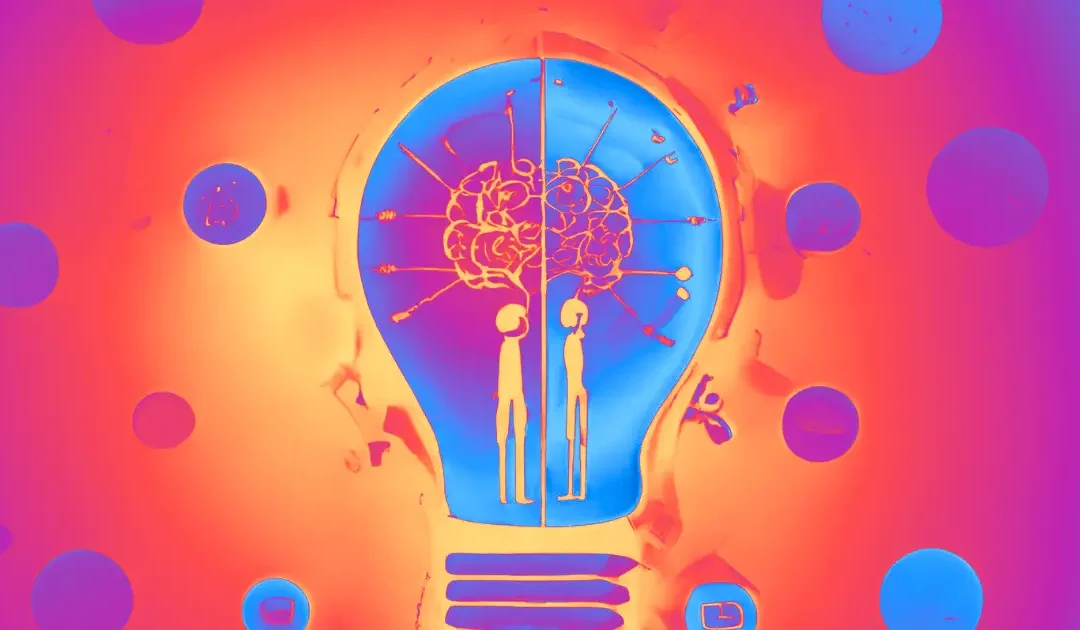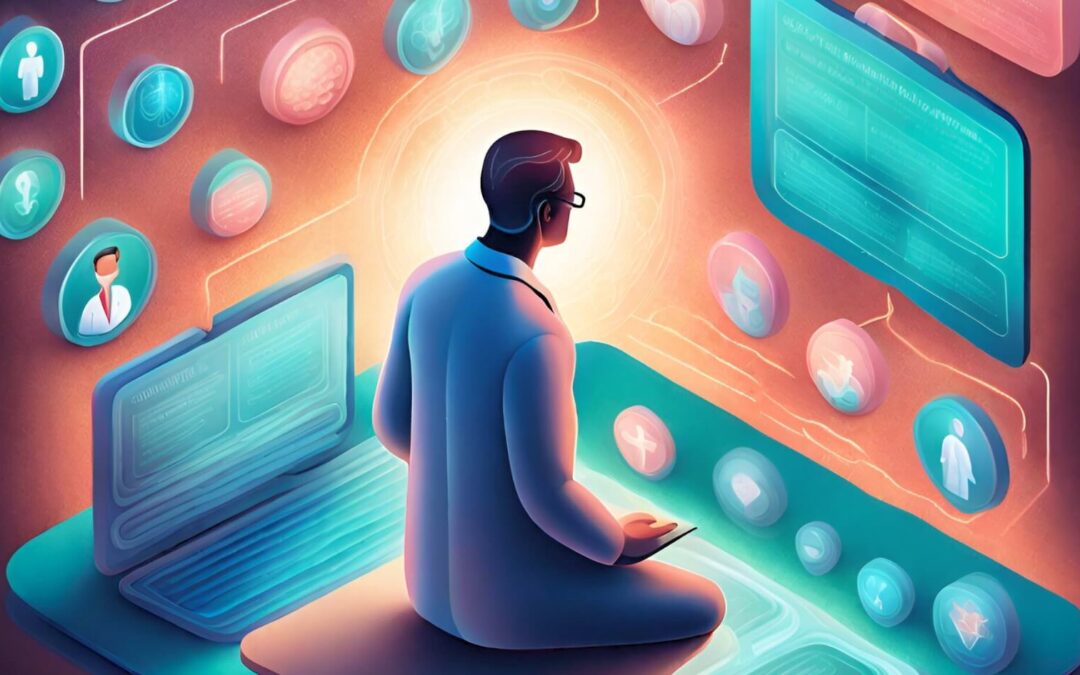
Why Is Productivity Important (and What to Do Differently)
Everything you want to achieve comes down to being productive. Whether at work or home, your productivity level will dictate the decisions you make, the people you associate with, how you handle setbacks, and how you view your potential. It is the ultimate output of your life.
Is Productivity Really Important for Success?
When we think of productivity, we often associate it with motivation, procrastination, and goals. Productivity is a hodge-podge term that correlates with being a successful person. We equate success in life to being highly productive, achieving goals, making lots of money, and mastering our destiny.
But if productivity is the key to success, why do we often find ourselves in a constant battle with it? What are the barriers that prevent us from reaching our full potential? And perhaps most importantly, how can you truly master the art of productivity?
Being Intentional with Time
Part of the recipe for productivity is being intentional with your time. It doesn’t matter who you are—you will have to make decisions, which means cutting out other possibilities, taking risks, and constantly putting yourself in a position where you might fail.
Being productive is about being open to consistent failure because, without it, we wouldn’t be able to test our ideas, carve out our unique path, adapt to situations, and see what sticks in the world.
Productivity Reflects Your Perspective
Being productive is a crucial skill because it influences your perspective on life. Your belief in yourself and what you see is possible paints the picture of your reality.
Being productive reflects your perspective, worldview, and beliefs. It’s how you say YES to possibilities. Things to consider:
- How creative do you think you are?
- How well do you make decisions?
- How well do you pivot?
- How well do you handle conflicts?
- How open are you to new ideas?
Your answer to these questions says a lot about how productive you are personally and professionally.
Personal and Professional Productivity
We tend to be more detailed and specific, even hardcore, about our work schedules but don’t put that same intention behind our personal productivity. Part of what we are missing in our approach to being productive is looking at each area of our lives and taking a holistic view.
Too often, we focus on what is urgent or what pays us money but don’t prioritize what pays us physically, emotionally, and spiritually. Being genuinely productive is more than just reaching goals with our business. Work is a dominant force, but we have to make time to develop each dimension of our life behind our job.
We are more than the money we make or title—we are mothers, fathers, children, members of a community, citizens, and spiritual beings living in a world of endless energy. Finding the balance between practical things like paying mortgages, raising kids, getting promoted, launching a business, staying healthy, and having fun is the hallmark of productive individuals.
So what do we do about it?
Iteration and Intervals
Our personal energy ebbs and flows, so it’s not reliable. Because of its volatility, we have to find a better way to create predictability in an unpredictable world. Buying clear with our actions, using timed intervals, is the magic bullet to help you focus on the present and gives you superhuman clarity.
Iteration is a key concept to designing your day around what is most important. We will have to tackle boring and mundane tasks to reach our goals, but using timed intervals gives us both focus to perform decisively and relief when the time is over.
We have to give ourselves space to breathe in between working and thinking. Burnout is a real thing that leads to lost focus, procrastination, bad attitudes, and excuses.
Aligning Thoughts and Actions
We will never be perfect, but pursuing perfection is a worthy goal. Like organizing our home to perfection, we can do well by organizing our minds. Actions aligned with those thoughts will follow.
We are a walking experiment, adapting, evolving—becoming bigger and stronger—if we choose it. Instead of waiting for a “better” opportunity, iterate your way along your path. Break down your big goals into smaller ones, tackling the ones in iteration. Taking a bite-sized approach to your product activity will help you stay motivated and not lose sight of your objectives.
The Productive State of Mind
When you feel like you can handle any obstacle, challenge, or situation, you are naturally inspired. Looking at the world positively influences those around you and is a sign that you are a highly productive person. Being a rock, no matter the battle or circumstance will help inspire you to take more risks, make decisions in the face of uncertainty, and feel grateful for the good you have in your life.
While we may not always get the results that we want, any wholehearted attempt at achievement is never wasted. Failures can be heartbreaking, but looking at each one as a lesson will ensure that you have a productive state of mind that serves your unique goals, desires, and what you want to achieve in the world.
Final Thoughts
Productivity is more than just achieving goals; it’s a reflection of who you are and your approach to life. Can you adapt and grow? Can you rise to the challenges that fall on your path?
By managing your time intentionally, balancing all areas of life, and maintaining a positive, resilient mindset, you can enhance your productivity and achieve more with your time.






